Transforming Home Care: Stretch, the Breakthrough Robot, Empowers People with Disabilities to Reconnect and Thrive
In 2010, Henry Evans, who became quadriplegic after a stroke-like attack, saw the PR2 robot on TV and envisioned it as a transformative tool for his life. This led to the collaboration with Georgia Tech and Willow Garage on the Robots for Humanity project, aiming to enhance independence for people with disabilities. While the PR2 was a breakthrough, its practicality was limited due to its size, cost, and complexity. This motivated the development of a new robot, Stretch, by Charlie Kemp and Aaron Edsinger, co-founders of Hello Robot. Stretch was designed to be smaller, simpler, and more affordable, making it more suitable for everyday use in home environments.
Stretch, priced at $20,000, is significantly more cost-effective than the PR2. Its design focuses on simplicity and practicality, featuring a single arm with sufficient range of motion, a basic gripper, and essential sensing capabilities for obstacle avoidance and basic autonomous tasks. This minimalist approach not only keeps Stretch affordable but also makes it more user-friendly, particularly for individuals with disabilities or those unfamiliar with complex technologies. The robot’s design and functionality were shaped by real-world needs and feedback from users like Henry, ensuring its relevance and effectiveness.
One of the most significant impacts of Stretch is its ability to humanize patients, allowing them to interact more meaningfully with family and friends. For instance, Henry Evans has used Stretch to perform various household tasks, play games with his granddaughter, and even give a rose to his wife, activities that were previously impossible due to his disability. These interactions, facilitated by Stretch, have not only improved his quality of life but also reinstilled a sense of purpose and autonomy. The robot has become an extension of Henry himself, bridging the gap between his aspirations and his physical limitations.
However, Stretch does have limitations. It can lift only about 2 kilograms and is not designed for navigating stairs or outdoor use. It also requires significant technical intervention and is still in the stage of addressing challenges in autonomy, interfaces, and reliability. Despite these limitations, Stretch represents a hopeful step towards more accessible and practical robotic assistance for people with disabilities. Its potential to reduce caregiver dependency and its impact on users’ lives highlight the transformative power of such technology. As assistive robots continue to evolve, their capacity to enhance independence and quality of life for people with disabilities is expected to grow significantly.
Click images below to enlarge.
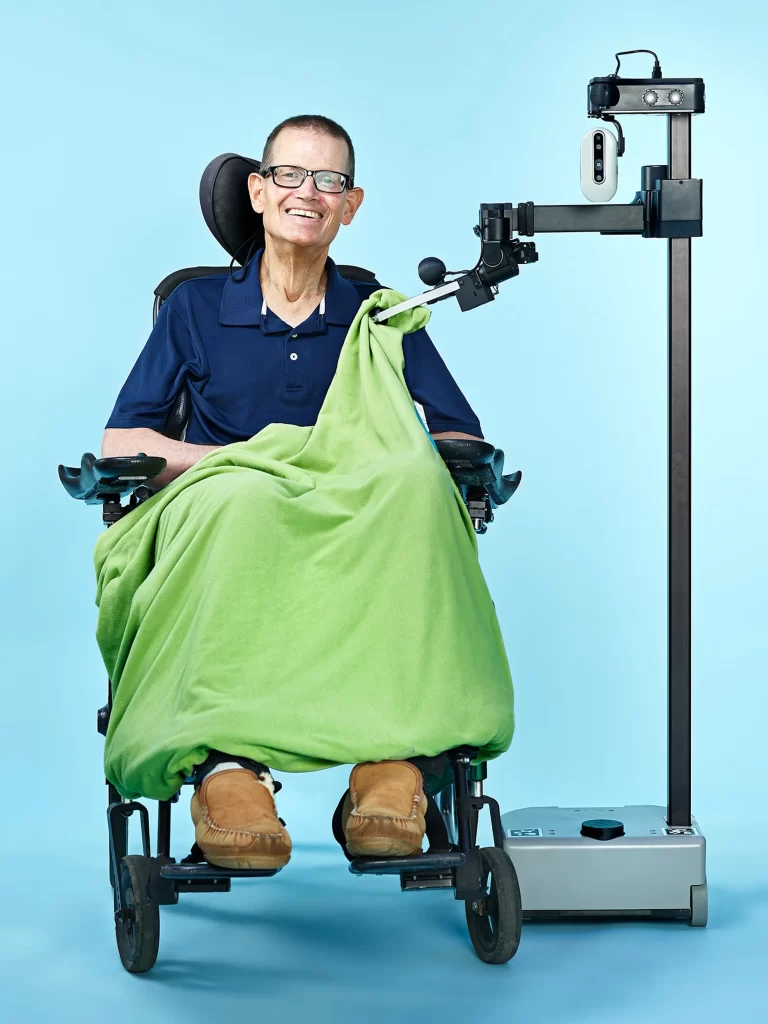
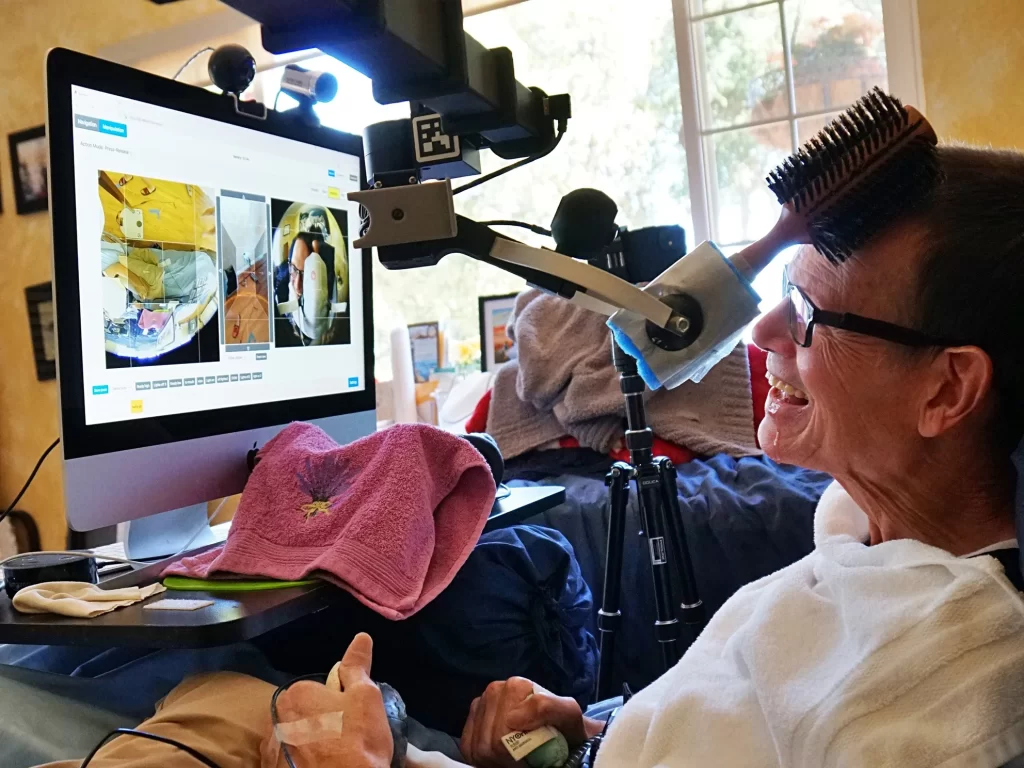
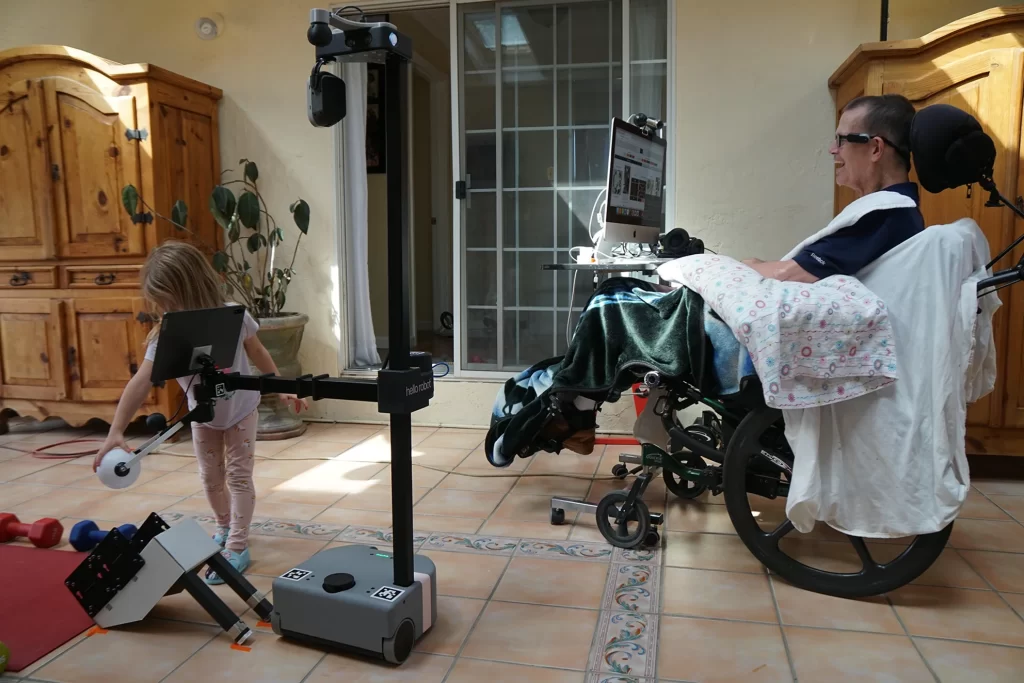
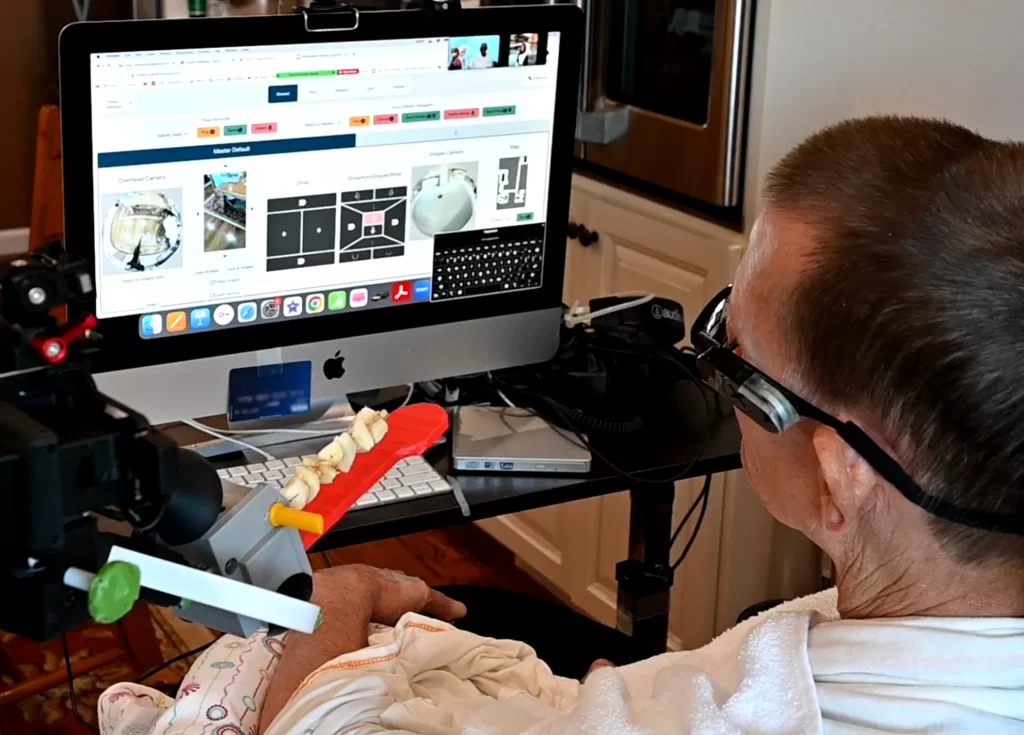
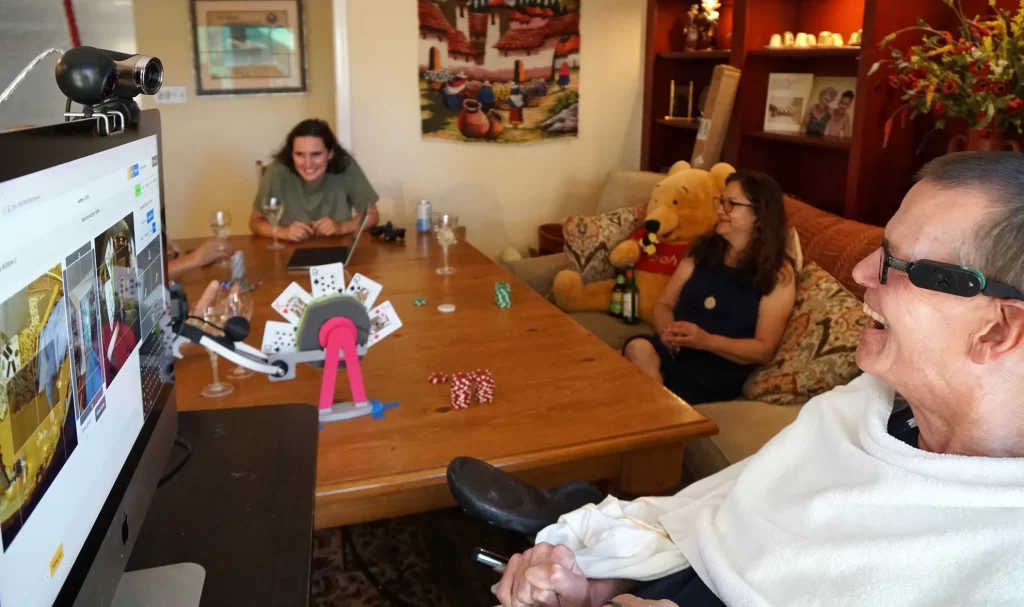
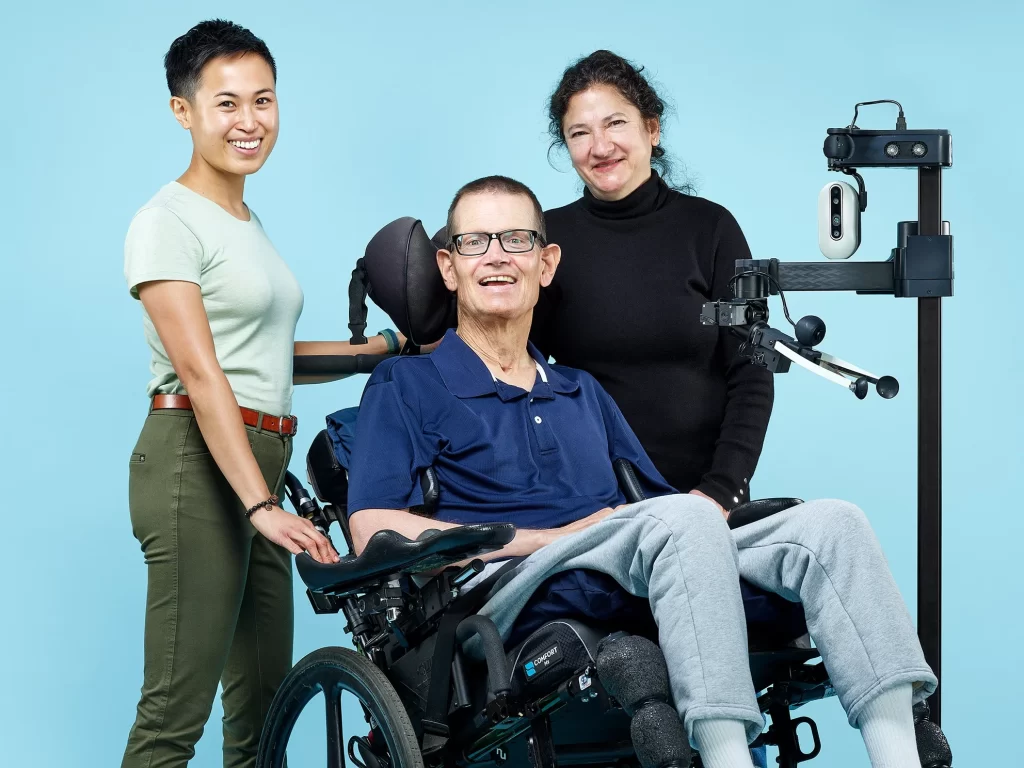
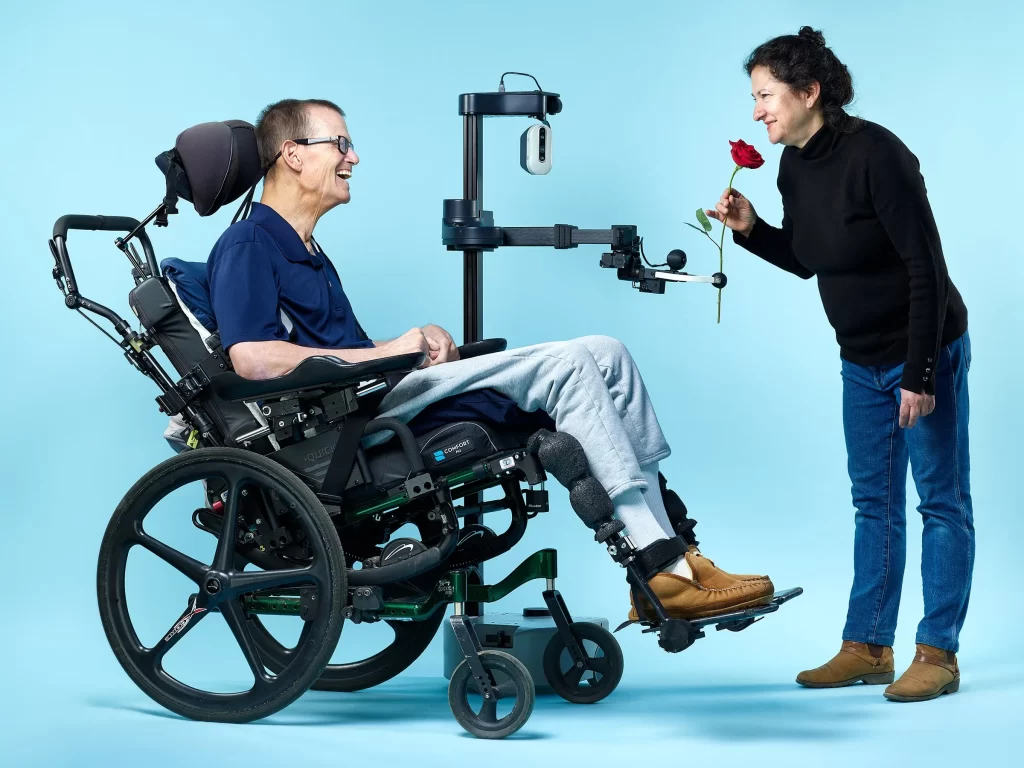
Source: IEEE Spectrum
This blog was written mostly using chatGPT, a potential tool for increased accessibility. Do you think this is an appropriate use of chatGPT? Why or why not? Let me know!
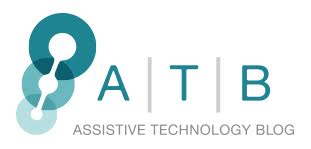
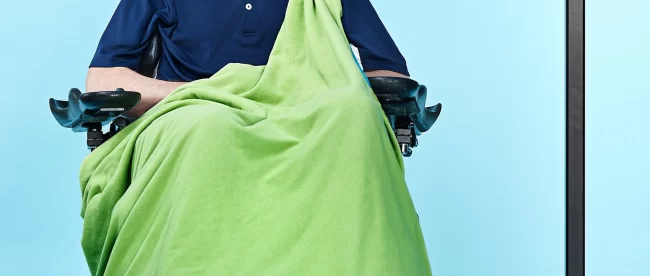
Leave a comment